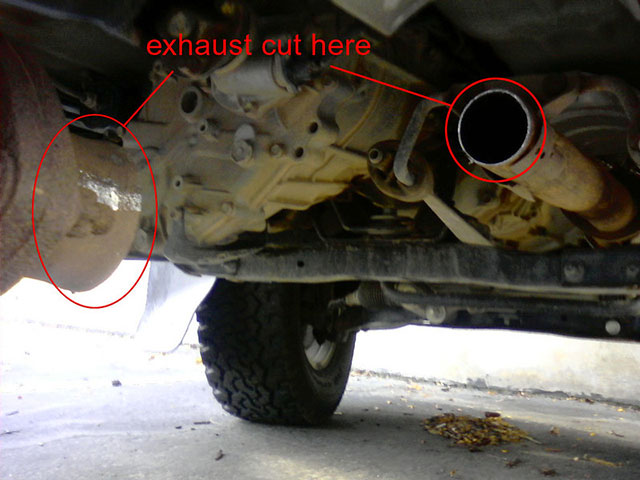Even though cars are becoming increasingly innovative and sophisticated, people are buying fewer of them than ever. But there’s good news – there still are profitable car dealerships all over the U.S. In fact, America is the second-largest car market in the world.
By stocking the right vehicles and developing a winning strategy to sell them, there’s no reason why your dealership can’t be a roaring success too.
Table of Contents
How to Run a Successful Car Dealership

Follow these five expert tips to increase sales and grow your car dealership.
1. Focus on Leads
Although you may feel the need to try and make a sale every time a potential customer walks through the door, you must learn to recognize who the serious buyers are. Some people only want to browse – and that’s okay.
Engage with them and ask if you can help, but try to gauge whether they are serious about buying a car or not. If a potential customer doesn’t ask for information or a test drive, chances are they are not ready to purchase a vehicle just yet. Don’t try to force a sale – rather, give them your card and focus your energy on following leads.
Generated leads are far more likely to result in a sale because you’ll be selling to someone who has already committed to buying a car. Getting special finance auto leads and following up on them can result in even larger profits for your dealership.
2. Prioritize Customer Service
Because a new car is a big-ticket purchase for the average person, earning customer loyalty and repeat business in the auto industry can be challenging. Once you have won a customer over, you need to do your best to keep them.
The best way to ensure your customers choose you over another dealership (and keep coming back) is to provide exceptional customer service. When training your employees, prioritize treating customers with the utmost care.
A survey revealed that 87% of American consumers have had a negative experience in a car dealership. The most common findings in the survey reported that customers don’t like being pushed to buy a car on the spot and feeling like they are being taken advantage of.
To differentiate your dealership, focus on customer service to improve the car-buying experience. You should also offer freshly-brewed coffee, free Wi-Fi, and valet parking.
3. Know Your Products
Even if you’re good at talking to customers, being a people person will only get you so far. Put simply, you can’t expect to sell more cars if you don’t know what you are selling.
Your service and sales staff must know everything about the cars you stock. Your potential customers will ask questions about the vehicle they are interested in, and you need to be able to answer them. A potential buyer will become very frustrated very quickly if they can’t get information about the car they’re interested in buying.
Your sales team should also know all the information about financing and the incentives you offer. If you are offering reasonable financing rates or other incentives, inform your customers of them. When done at the right time, telling a hesitant buyer about incentives can encourage them to close the sale.
4. Know Your Buyers
Your dealership’s success hinges largely on your customers – so you need to know who they are and what they will buy. Growing your dealership isn’t about stocking the cars you want to sell; it’s about having the models your customers want.
Cars that don’t sell quickly become an expense – the longer they sit on the lot, the more you pay for them. You and your sales team need to know which cars are the most in-demand according to the area and demographic of your client base so you can move them quickly.
Your customers can provide vital information – like what services and incentives you should offer, how to target your customers with your marketing strategy, and the cars you should sell. Increasing your online presence according to your target audience can also help you find new customers.
5. Manage Your Talent
Your staff also plays a massive role in the success of your dealership. In the auto dealership industry, staff turnover is a huge problem. To hire quality staff members and retain them, form a robust hiring process with multiple interviews for each candidate, prioritize formal training, and offer your employees long-term incentives.
Your sales staff is your greatest asset – set high but achievable sales goals and keep an eye on your employees’ sales performance metrics.
If you notice that your employees are continually missing their targets, it’s a sign that you might need to refocus on a comprehensive training program for your staff.













